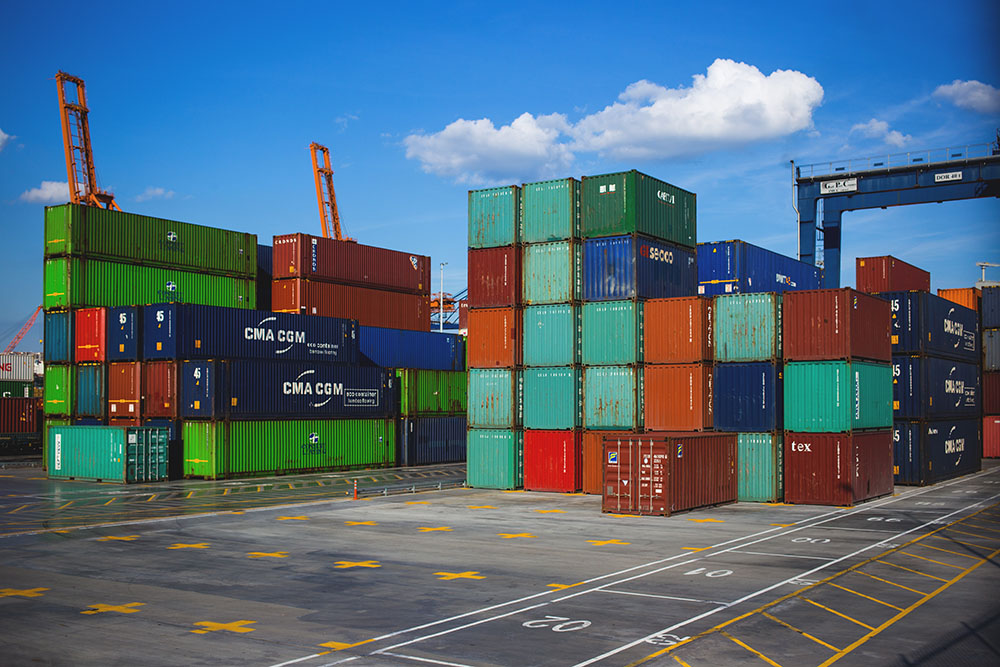Preparing for the Future of Transportation Work

Transport and Logistics Sector: Spotlight on Emerging Trends
June 24, 2018
Amendments on New Heavy Vehicle National Law (HVNL) Set to Roll Out on October 1, 2018
September 15, 2018 According to the study conducted by Dr. Jim Stanford and Matt Grudnof of the Centre for Future Work at the Australia Institute, the Australian transportation sector contributes around $80 billion every year to the country’s GDP and adds $25 billion in revenue to the government treasury. It also purchases around $80 billion worth of goods and services from other sectors and industries. With around 625,000 employed in this sector, it has evolved to become one of the country’s largest employers. Its huge contribution to the economy proves that the transportation sector had become one of Australia’s most important industries.
According to the study conducted by Dr. Jim Stanford and Matt Grudnof of the Centre for Future Work at the Australia Institute, the Australian transportation sector contributes around $80 billion every year to the country’s GDP and adds $25 billion in revenue to the government treasury. It also purchases around $80 billion worth of goods and services from other sectors and industries. With around 625,000 employed in this sector, it has evolved to become one of the country’s largest employers. Its huge contribution to the economy proves that the transportation sector had become one of Australia’s most important industries.
How Many Does it Employ?
According to the study, the road transportation sub-sector accounts for the largest number of people employed—close to 270,000 employees. These employees are overwhelmingly male and are usually entering or are already in their middle age. Although they are highly skilled, they typically have few formal qualifications. A large percentage of road transportation workers are employed on a permanent, full-time basis, while the rest work as owner-managers or are employed on a casual or part-time permanent basis.
The Landscape is Changing!
There’s no doubt as to the importance of the transportation sector to the Australian economy. But just like any other sector, the industry landscape constantly shifts and evolves. The transportation industry and transport companies at large will face challenges, especially with the arrival of technological innovations in the field (driverless vehicles for road transport workers and automation for those in sales and administrative jobs). The sector is also affected by the workers’ increasing preference for working within the gig economy. Globalisation and constantly changing government regulations additionally pose a challenge to the sector. It is only a matter of time before these factors affect the country’s transportation service, as well as disrupt the availability and quality of jobs in the sector.
Enter, the Age of Automation
Automation and other labour-saving technological innovations offer a host of advantages to the transportation sector, but the arrival of driverless vehicles and other such technologies can be a threat to the workers’ job security. Although technology develops rapidly and automation of certain vehicle components have already begun, some tasks still require human perception and judgment. The execution of such technologies in real life can also be expensive and impractical, discouraging some companies because of its financial costs.
The modern workers’ increasing preference toward the gig economy can also disrupt the long-established model of employment. As more workers become independent contractors, they also place themselves out of reach of traditional regulations, protections, and standards set by the government and employers. In addition, some sub-sectors may flourish using the gig economy model at the expense of others. For example, as more and more retailers utilize smaller delivery services, bulk shippers may find themselves in a quandary with the loss of a significant number of customers.
According to the study, the stable growth of the Australian economy will likely cushion the disruption caused by technological advances and the changing nature of employment. With the right and timely preparation, the number of job losses within the transportation sector will likely be negligible. But this is only possible if employers, workers, government agencies, and other stakeholders prepare for these disruptions. To cushion the impact of the changes, the authors of the study suggest that the transportation sector should embrace new technology and upgrade their workers’ skills and familiarity with new innovations through training programs, as well as establish new standards for their skills. Employers can also help transportation workers who are unwilling or unable to go through retraining to transition into retirement. Those who will be retrained will be involved in negotiations along with their unions if and when new technological innovations are introduced.


